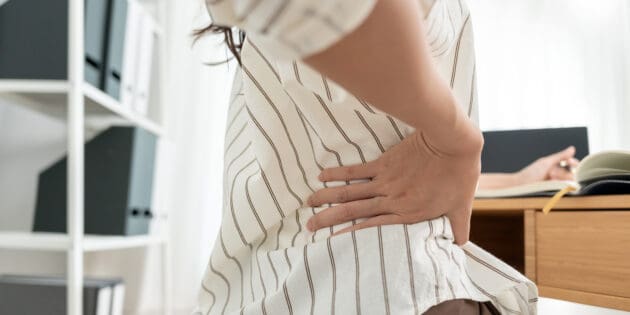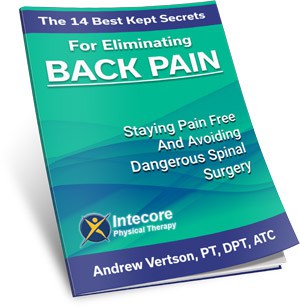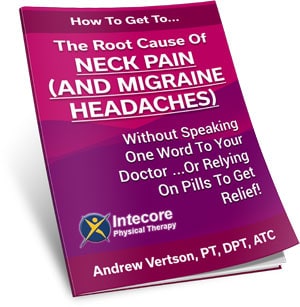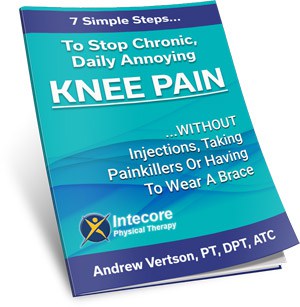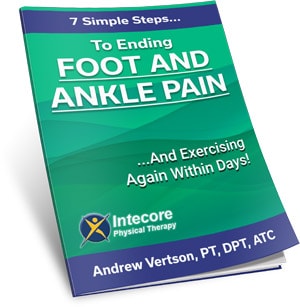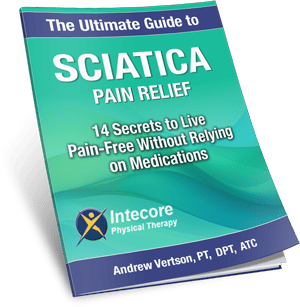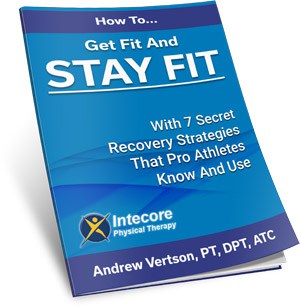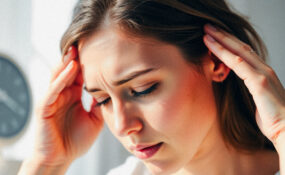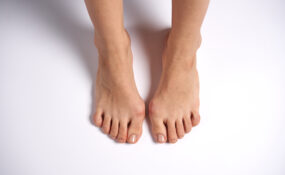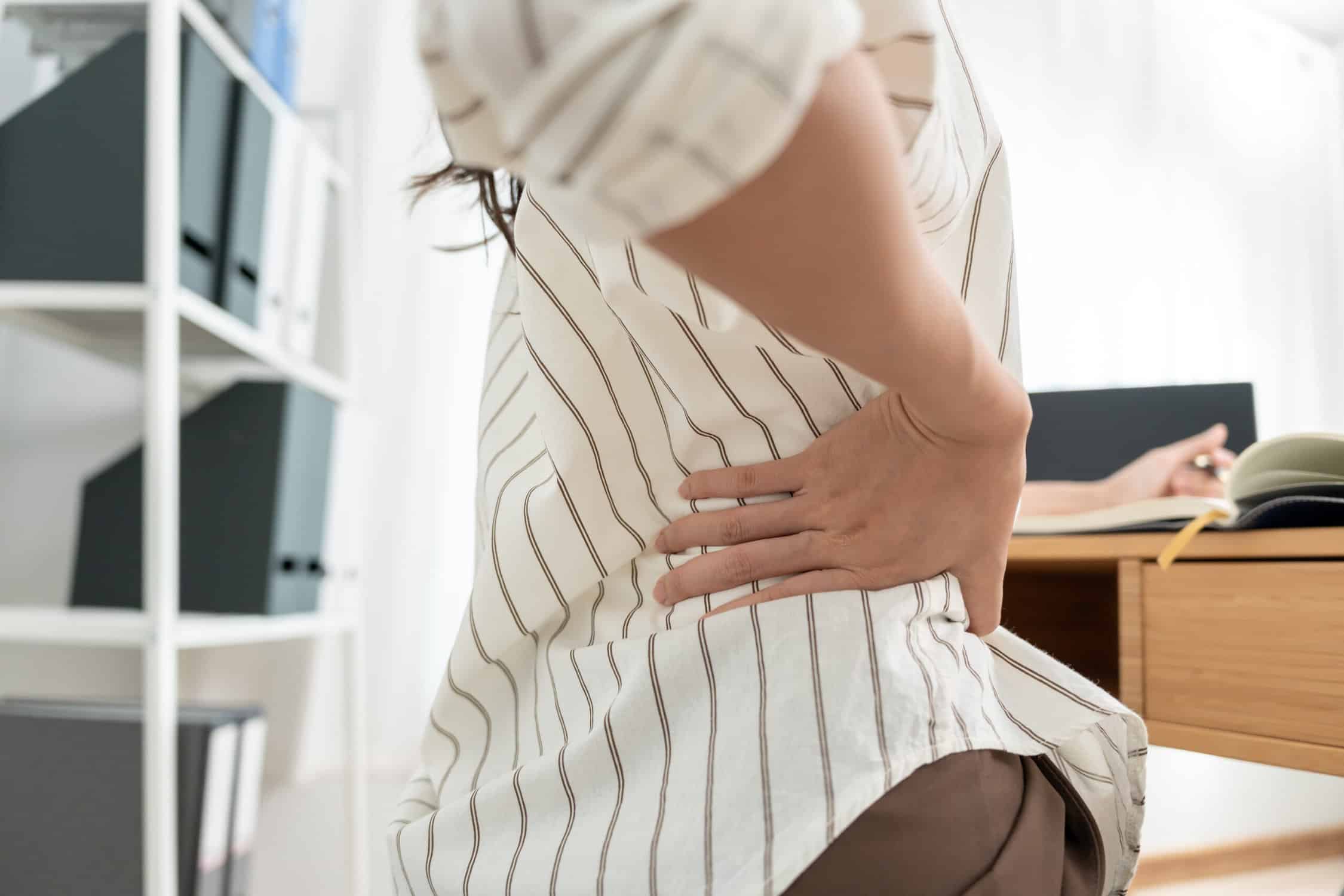
Are you tired of living with chronic lower back and hip pain? Discover effective solutions to alleviate your discomfort and experience long-term relief. This article provides five scientifically-backed strategies that target the root causes of lower back and hip pain. Say goodbye to constant discomfort and start enjoying a pain-free life today!
More Posts Like This From Intecore PT:
How To Sleep with Sciatica and Back Pain
Top 5 Common Posture Problems and How To Fix Them
Major Causes of Back Spasms and How To Alleviate the Pain
Table of Contents
Understanding Lower Back and Hip Pain
Lower back and hip pain are prevalent issues that affect a significant number people. This type of pain can range from mild discomfort to severe impairment, significantly impacting an individual’s daily activities and overall quality of life. Understanding the nature of this pain, its common causes, and its effects on daily life is the first step towards finding effective relief and improving your health and well-being.
Common Causes
The causes can be varied and interconnected, given the complex relationship between the spinal and pelvic structures. Here are some of the most common culprits:
- Muscle or Ligament Strain: Overexertion or repetitive motion can strain the muscles and ligaments in the lower back and hips, leading to acute or chronic pain.
- Degenerative Conditions: Conditions such as osteoarthritis and degenerative disc disease can cause the cartilage or discs to wear down, leading to pain in the lower back and hips.
- Sciatica: This condition is characterized by pain that radiates along the sciatic nerve from the lower back down through the hip and leg, often resulting from a herniated disc or bone spur pressing on the nerve.
- Injuries: Accidents, falls, or sports injuries can cause fractures, sprains, and dislocations in the hips or lower back, leading to immediate and lingering pain.
- Postural Issues: Poor posture or prolonged sitting can put undue stress on the lower back and hips, contributing to chronic pain over time.
- Inflammatory Conditions: Conditions like sacroiliitis or ankylosing spondylitis involve inflammation in the pelvic region or the vertebral joints, causing pain and stiffness.
Symptoms
The symptoms of lower back and hip pain can vary widely but often include:
- Persistent Aching or Stiffness: Anywhere along the spine or hip area, from the base of the neck to the tailbone.
- Sharp, Localized Pain: Particularly in the lower back, hip, or buttocks, which may worsen with certain movements.
- Radiating Pain: Extending from the lower back to the hips, thighs, or knees.
- Difficulty Moving: That can impair your ability to stand straight, walk comfortably, or transition from sitting to standing.
- Muscle Spasms: In the affected areas, contributing to discomfort and limited mobility.
Individuals may find it challenging to perform routine tasks, engage in physical activities, or maintain productivity at work.
Let’s look at some proven ways to ease lower back and hip pain…
Strategy 1: Strengthening Exercises
Benefits of Strengthening Exercises for Lower Back and Hip Pain
Strengthening exercises for the lower back and hip regions are pivotal in managing pain and enhancing mobility. These exercises help build muscle support around the spine and pelvis, reducing the pressure on these structures and improving overall stability. Strengthening the core muscles, in particular, can significantly alleviate lower back and hip pain by ensuring proper alignment and reducing the risk of injury.
Effective Strengthening Exercises for Lower Back and Hip Pain
- Bridges: Lie on your back with knees bent and feet flat on the floor. Lift your hips towards the ceiling, hold for a few seconds, and then lower back down.
- Planks: Hold your body in a straight line from head to heels, supported on your elbows and toes. This exercise strengthens the entire core.
- Side Leg Raises: Lying on your side, lift your top leg towards the ceiling, then lower it down. This strengthens hip abductor muscles.
- Bird Dog: On hands and knees, extend one arm forward and the opposite leg back. This improves balance and stabilizes the spine.
Strategy 2: Stretching and Flexibility
Importance of Stretching for Lower Back and Hip Pain
Stretching is essential for maintaining flexibility, improving range of motion, and alleviating pain in the lower back and hip area. Regular stretching can help lengthen muscles and relieve tension, therefore preventing pain from becoming chronic.
Recommended Stretches for Relief
- Hamstring Stretch: Lie on your back, loop a towel around your foot, and straighten your leg up while pulling gently on the towel.
- Piriformis Stretch: Lie on your back with both knees bent. Cross one leg over the other thigh and pull the knee towards your chest.
- Hip Flexor Stretch: In a lunge position, sink forward, keeping your back straight, to stretch the front of your hip on the back leg.
- Child’s Pose: Sit back on your heels with your arms stretched forward on the floor, which helps relax the spine and hips.
Strategy 3: Posture Correction
Understanding the Role of Posture in Lower Back and Hip Pain
Poor posture can significantly contribute to lower back and hip pain by putting extra stress on these areas. Correcting your posture can reduce strain, improve function, and prevent pain from worsening.
Tips for Improving Posture
- Be Mindful of Your Sitting Position: Choose a chair that supports your spinal curves, and keep your feet flat on the floor.
- Adjust Your Workstation: Ensure that your computer screen is at eye level and that you’re not leaning forward to see it.
- Practice Good Standing Posture: Keep your shoulders back and down, and distribute your weight evenly on both feet.
Strategy 4: Pain Management Techniques
Heat and Cold Therapy for Lower Back and Hip Pain
- Cold Therapy: Applying ice packs to the affected area can reduce inflammation and numb pain.
- Heat Therapy: Warm baths or heat packs can relax muscles and improve blood circulation, helping to ease discomfort.
Strategy 5: Seeking Professional Help
When to Consult a Healthcare Professional
If your pain is severe, persistent, or accompanied by symptoms like numbness or weakness, it’s crucial to seek medical advice. Early intervention can prevent the condition from worsening.
Treatment Options and Therapies
Physical Therapy can provide you with tailored treatment plans and can address specific causes of pain to help you achieve long-term relief.
Implementing these strategies can significantly impact the management of lower back and hip pain, leading to improved mobility, reduced pain, and a better quality of life.
Ready to Get Help With Physical Therapy?
If you’re tired of living with lower back and hip pain, physical therapy might be the solution you’ve been searching for. We can work with you to provide specialized exercises, hands-on therapy, and tailored advice to help alleviate the pain long-term and get you back to doing the things you enjoy.
To find out more, click here to fill out a quick form and tell us what’s going on and our team will be in touch. Or, you can give us a call: (949) 569-5847
- 7 Ways to Get Rid of Tension Headaches Naturally - July 1, 2025
- Why Are My Feet Swollen? Common Causes Explained - June 2, 2025
- What Is Restless Leg Syndrome? Symptoms, Causes, and Relief Options - May 5, 2025

